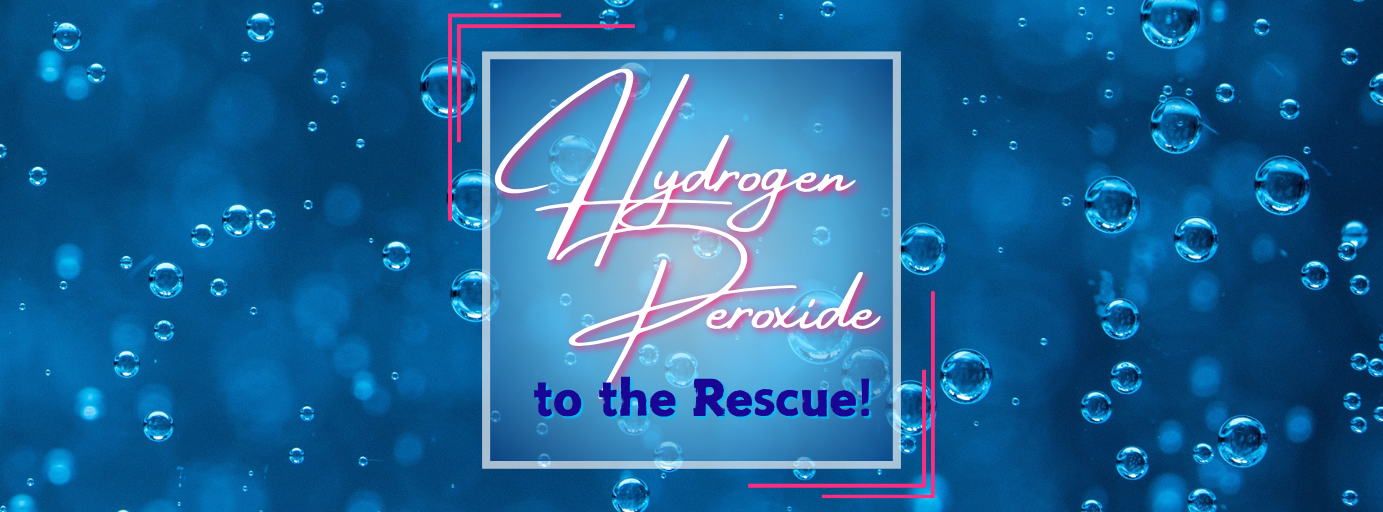
𝐄𝐟𝐟𝐞𝐜𝐭𝐢𝐯𝐞 𝐇𝐲𝐝𝐫𝐨𝐠𝐞𝐧 𝐏𝐞𝐫𝐨𝐱𝐢𝐝𝐞 𝐓𝐫𝐞𝐚𝐭𝐦𝐞𝐧𝐭𝐬 𝐟𝐨𝐫 𝐒𝐚𝐥𝐭𝐰𝐚𝐭𝐞𝐫 𝐅𝐢𝐬𝐡
Introduction
Hydrogen peroxide (H₂O₂) is a widely recognized and versatile treatment in the saltwater hobby industry. This guide will explore the use of hydrogen peroxide as a treatment option for various fish diseases, particularly in dealing with parasites and bacterial infections. From beginner to advanced hobbyists, understanding how to use hydrogen peroxide effectively and safely is crucial for maintaining a healthy saltwater aquarium. Expect a thorough explanation of the benefits, proper application, and safety measures associated with hydrogen peroxide in marine environments.
If you want a deeper dive into marine fish diseases, grab a copy of my book Marine Disease Diagnostics: A Practical Guide for Aquarists. It’s your reef tank’s secret weapon for staying healthy and thriving! Here is a link to my bookstore.
What is a Hydrogen Peroxide Treatment?
Hydrogen peroxide (H₂O₂) is a common antiseptic with strong oxidizing properties that help combat bacteria, parasites, and algae in saltwater fish tanks. When hydrogen peroxide comes into contact with organic matter, it releases oxygen, which can be fatal to microorganisms like bacteria and parasites. It's often used in controlled doses to treat external infections, gill disease, and algae overgrowth.
How Hydrogen Peroxide Works in Aquariums
Hydrogen peroxide (H₂O₂) is a strong oxidizing agent. When it comes into contact with organic matter, it breaks down into water and oxygen, generating highly reactive hydroxyl radicals in the process. This causes oxidative damage to the cell walls and internal structures of microorganisms like bacteria, fungi, and free-swimming parasites, effectively killing them. The release of oxygen also helps oxygenate the water, which can be beneficial for fish with compromised gill function. It is most effective against the free-swimming life stages of parasites like Ich and Velvet.







.png)